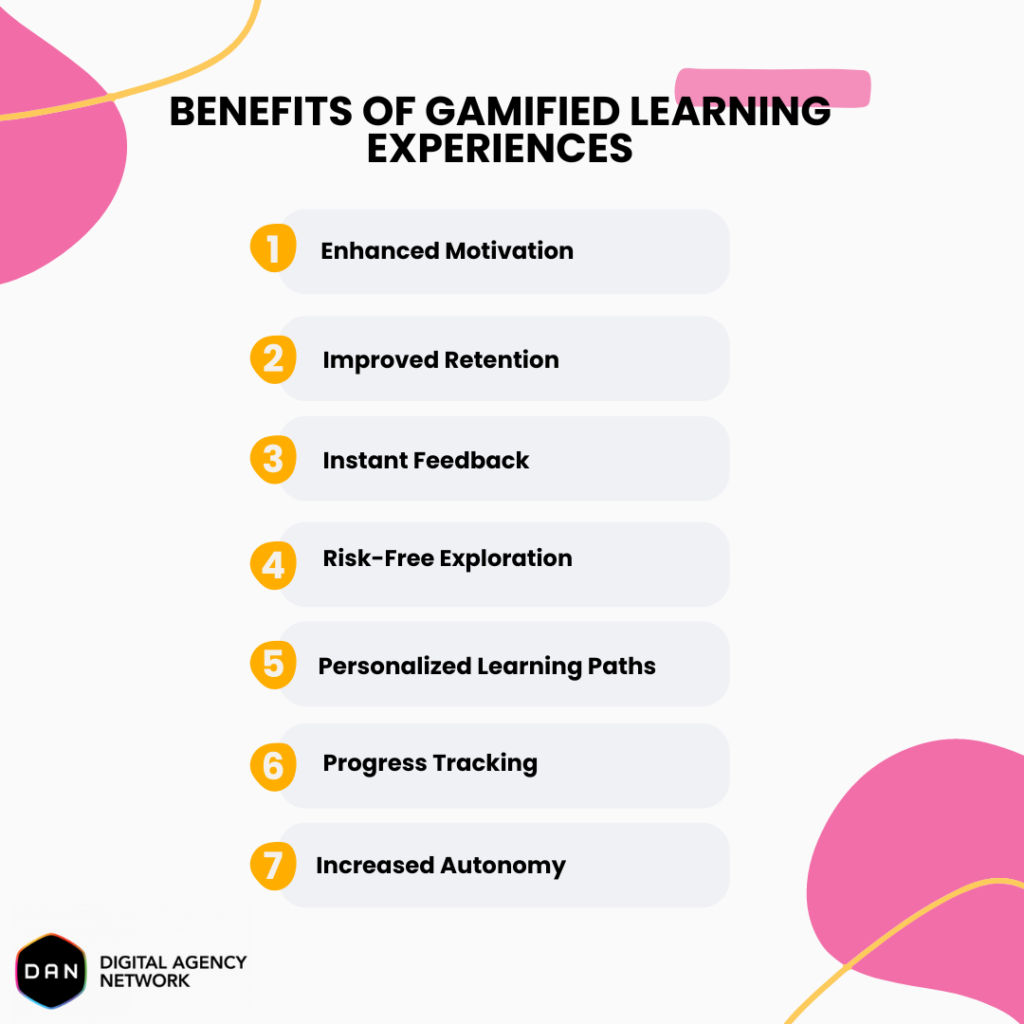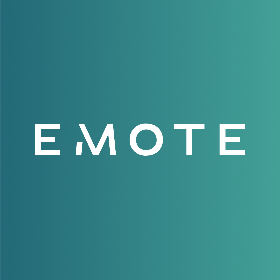
Inspiring EdTech Marketing Trends and Strategies Shaping 2024
Projected to reach a value of $696 billion by 2028, the EdTech industry is booming, much like the digital marketing industry. Both sectors are increasingly intertwined, driving growth together. However, this expansion brings its own set of challenges. As educational needs evolve and technology advances at an unprecedented rate, EdTech companies are finding it increasingly difficult to keep up. The landscape is changing so fast that traditional marketing strategies are no longer sufficient to engage and retain the target audience.
Moreover, the digital divide is widening as EdTech becomes more sophisticated. This divide makes it harder for companies to reach and effectively engage all segments of their audience. Without the ability to personalize learning experiences and usage of advanced marketing tools like AI and machine learning, EdTech companies risk falling behind. This is exacerbated by the critical need for high-quality, engaging content that resonates with a diverse learner base, from students to professionals seeking continuous education.
This article is developed to explore the most inspiring EdTech marketing trends and strategies shaping 2024. EdTech companies can stay ahead of the curve and effectively engage their target audience once they understand and implement these strategies. The world of digital marketing strategy for EdTech has lots to teach us, so let’s get to it.
What is EdTech Digital Marketing?
EdTech digital marketing is the use of online marketing techniques to promote educational technology products and services. From e-learning platforms and educational apps like Duolingo to virtual classrooms and interactive learning tools, EdTech digital marketing can include almost everything. Specialized companies for digital marketing strategy for EdTech are also on the rise because they’re the ones who address the unique needs and challenges of the educational sector.
In fact, in 2024, the importance of digital marketing in EdTech is more pronounced than ever. With educational needs evolving and technological advancements accelerating, EdTech companies must adopt innovative marketing strategies to stay relevant. This is where digital marketing becomes more important to help these companies reach a wider and right audience, personalize learning experiences, and use data-driven insights to optimize their offerings.
7 Digital Marketing Strategies for EdTech in 2024
1. Personalized Learning Experiences
Are traditional educational models meeting the diverse needs of today’s learners? In many cases, the answer is no, leading to disengagement and suboptimal learning outcomes.
One of the key trends in EdTech is personalized learning experiences using the combination of artificial intelligence, data analytics, and adaptive learning algorithms. Advances in AI and data analytics offer a promising horizon for education, making personalized learning not just a possibility, but a practical reality.
This approach creates learning experiences that fit exactly what each learner needs, knows, and likes. By using AI and data analytics, EdTech companies can really understand how users behave and what they prefer. This lets them make learning tools that adjust on the fly to help each user better. These tools make learning more fun and effective, and they really help improve educational results. Marketing campaigns highlight the benefits of personalized learning, such as improved engagement and better learning outcomes.
To better understand the impact of personalized learning, examining the Duolingo marketing strategy provides valuable insights. Duolingo has really nailed it by using data analytics and AI to customize language learning to fit everyone’s own style and speed. This smart move has helped them really stand out in the market. It’s a great example of how personalized learning can boost user engagement, and it’s definitely a strategy that other educational platforms might want to borrow. What sets Duolingo apart is its unique take on personalized learning. It turns studying into a game with a points system that keeps things fun and hooks you in, pushing you towards fluency. According to Wired, The U.S. State Department reckons it takes about 600 hours to pick up a straightforward language like French or Italian. Duolingo’s goal? To get you there with just 15 minutes of practice each day.
2. Interactive Content and Gamification
If one thing is critical for EdTech, that would be engagement. Student engagement continues to be a major challenge in online education, with many learners feeling disconnected from the content presented. To boost engagement and online education through interactive learning, content along with gamification are implemented. Gamification and interactive content are proving to be effective in transforming the educational experience, making learning both enjoyable and memorable. Strategies for incorporating these elements include creating interactive quizzes, gamified learning modules, and immersive storytelling. These tactics make learning more enjoyable and effective, making them powerful tools in digital marketing campaigns.
Here are some of the benefits of gamified learning experiences;
- Enhanced Motivation
- Improved Retention
- Instant Feedback
- Risk-Free Exploration
- Personalized Learning Paths
- Progress Tracking
- Increased Autonomy

3. AI and Machine Learning Integration
According to estimations, the global market for AI in education is expected to grow by over $21 billion by 2028. EdTech is changing as a result of AI and machine learning, which offer predictive analytics and customized recommendations. AI helps predict what learners might struggle with next, and customizes their content to help them understand better.Marketers may use AI to develop customized advertisements with adaptive content and individualized learning paths. In addition to enhancing the user experience, this helps keep users longer by catering to their individual learning needs.
4. Influencer Partnerships
With so many digital options available, Edtech companies often find it challenging to break through the noise and genuinely connect with their audience. However, educators and industry experts wield significant influence and can serve as credible advocates for educational products. Collaborating with these influencers through sponsored content, webinars, and social media takeovers can amplify your reach and build trust among potential learners.
5. Content Marketing and SEO
Perhaps the most important thing in EdTech is high-quality content. Despite the value of educational content, however, many EdTech businesses struggle to reach their target audience effectively. This makes SEO and content marketing keys to improving online visibility and attracting organic traffic. This entails optimizing blogs for search engines, producing educational content, and coming up with creative manuals that cater to teachers’ and students’ needs. EdTech companies can position themselves as thought leaders in the sector by producing relevant content.
6. Video Marketing
Video material is becoming more and more common since it provides audiences with an engaging and dynamic means of education. Creating explainer videos, tutorials, and live sessions that highlight the features and advantages of the product are some strategies for video marketing. Videos can be included into blogs, shared on social media sites, and used for email marketing efforts.
7. Mobile Optimization
Making sure a mobile experience is seamless is vital, since the use of mobile devices for education is on the rise. This includes making material mobile-friendly, employing mobile apps to improve accessibility, and optimizing websites and learning systems for mobile use. EdTech organizations can reach learners on the go by implementing a mobile-first strategy.
In addition to creating engaging content and optimizing for mobile devices, however, an effective website also has an important role in the overall effectiveness of edtech digital marketing strategies. Let’s assume you’re an institution based in the US for example. An engaging and user friendly higher education website design can help you reflect your institution’s commitment to quality and accessibility. It is equally important to optimize your website for mobile devices though. These marketing strategies have many layers to consider, but education marketing companies have the potential to enhance engagement and enrollment rates by concentrating on designing intuitive and responsive designs that accommodate a varied student demographic.
EdTech Digital Marketing Trends in 2024
As there are challenges arising with the developing technology, there’s also a silver lining. The same technology that presents these challenges also offers opportunities to revolutionize how educational content is delivered and consumed. The following digital marketing for edtech trends are already starting to shape the future of EdTech.

1. Growth of Microlearning
The modern learning environment demands flexibility and efficiency, and microlearning caters directly to this need by providing short, focused chunks of content that are easier to digest and retain. With the increase of short attention spans of modern learners, this trend is gaining traction day by day. Edtech companies can capitalize on this trend by creating micro-courses, short videos, and quick quizzes that provide value in a short amount of time.
2. Enhanced Data Privacy and Security Measures
Data privacy is a top concern in EdTech. Stricter regulations like GDPR in Europe and various other data protection laws globally have made this a critical area for EdTech companies to address.
3. Expansion of AR and VR Technologies
A forward-looking trend, Augmented reality (AR) and virtual reality (VR) indeed setting new standards for immersive learning experiences, making education more interactive and engaging. These technologies can be integrated into EdTech digital marketing strategies by showcasing how they enhance learning outcomes and engagement. Demos, virtual tours, and interactive simulations can be powerful marketing tools. The financial forecasts support the growing investment in these technologies, indicating a strong trend. In fact, it is projected that spending on AR & VR will increase from $1.6 billion in 2018 to $12.6 billion dollars in 2025.
4. Increased Focus on Social Learning Platforms
Social learning platforms facilitate collaboration and interaction among learners. These platforms mimic social media interactions, making learning more communal. Marketing strategies should highlight these features and their benefits, such as improved engagement and peer-to-peer learning. Promoting community-driven learning experiences can attract users who value collaboration and social interaction.
5. Global Reach and Localization
Reaching a global audience requires localized content and marketing efforts and EdTech companies must adopt this trend if they aim for global expansion. Localized content and marketing includes translating content, adapting edtech digital marketing campaigns and strategies to local cultures and most importantly, understanding regional educational needs. With a localized approach, EdTech companies can penetrate new markets and build a strong global presence.
Conclusion
To make the most of these cool opportunities, EdTech companies really need to step up their digital marketing game. It’s all about crafting a strategy that’s dialed into what’s hot in education right now. Think customizing learning experiences with some smart personalization tricks, or making things more fun and engaging with interactive and gamified content.
All these efforts are not about fixing current problems—it’s about setting EdTech firms up to be front-runners in a digital-first education world. Staying on top of these trends means they can deliver awesome value to their users and stay in the game in this fast-changing industry.























